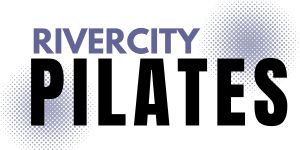The Pilates Swan and Swan Dive exercises are the first extension exercises in the Pilates mat order. In previous exercises we lay on our backs and curl the spine forward off the mat rolling through our spine vertebrae by vertebrae. You can think of swan as a reverse roll up. We are still trying to articulate and roll through our spine but now we are starting lying on our front side!
If the Swan exercises are not your favorites- you are not the only one. The Swan can be very challenging for lots of reason. For many people who spend their days sitting and maybe slouched over at a computer this exercise is hard because our bodies are not accustomed to bending in this direction. All that sitting and poor posture can cause tight hamstrings, low backs, necks and upper back. If this is the case for you know that even though it’s challenging for you Swan is actually a really great exercise for you! (Remember the things that are hard for us are often what our bodies need most!) I would even recommend trying to do Swan variations throughout your day. I included an Office Pilates version of Swan that is great to do just about anywhere!!
Here’s a few tips for your Pilates Swan:
- Try not to “muscle through” this exercise. Just pushing your upper body up with your arms is not what the exercise is all about. Try to slowly roll up off of the mat and be sure to only go to a place where you are not straining. It should feel like work and a stretch but not painful in your low back.
- Focus on lengthening and decompressing as you roll up from the mat. By drawing your abdominal muscles up and in away from the mat you will create a feeling of length through your whole spine.
